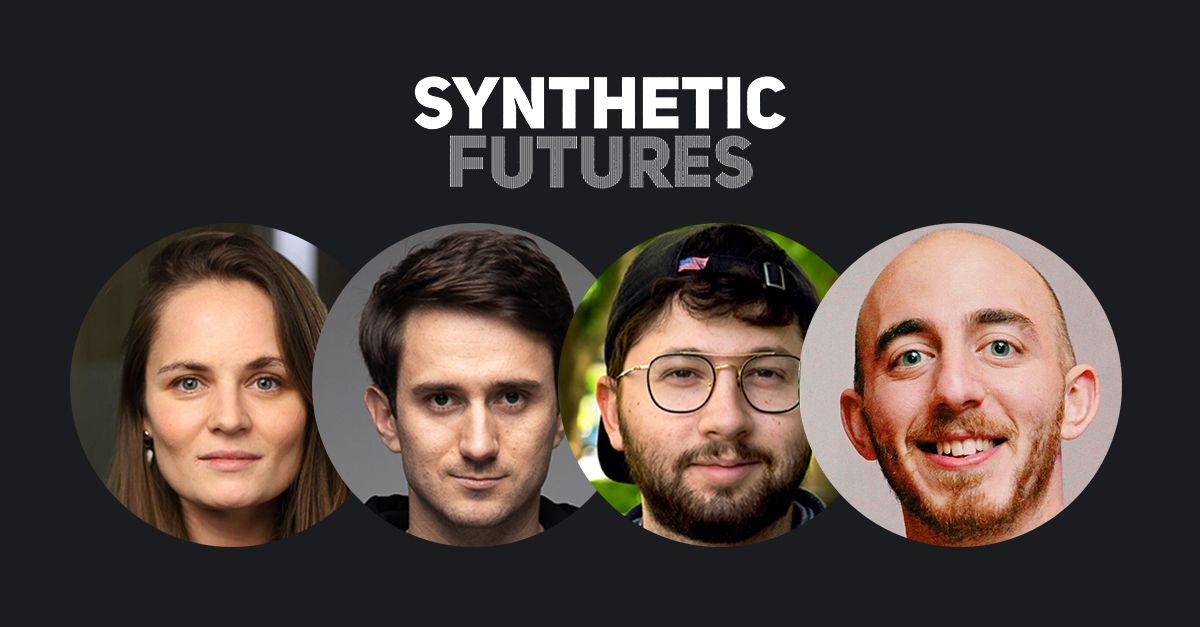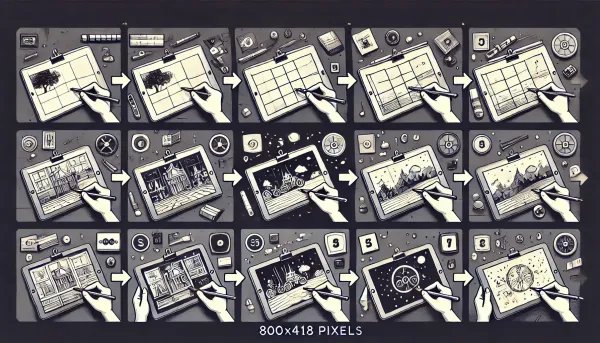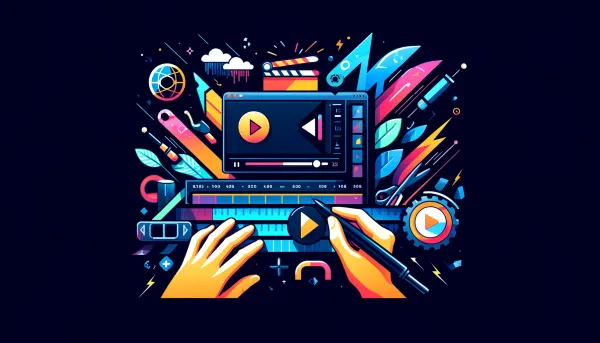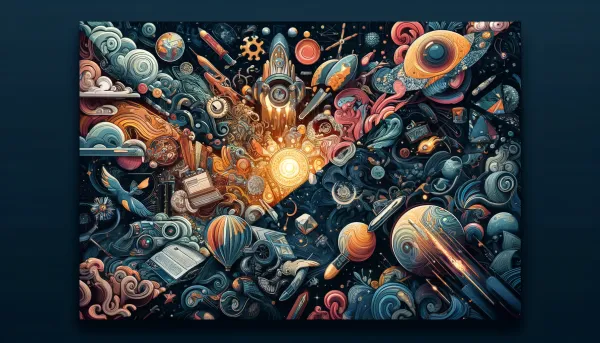“You will be able to produce the Avengers on your smartphone”: Wombo, Reface and Uberduck Сo-founders on the Positive Uses of ML Technology
How viral AI apps are shaping the future of the creator's economy – notes from a discussion panel held by Synthetic Futures in October 2021

Applications powered by AI, which allow for editing digital content easily and quickly, have rapidly broken into people's smartphones. It’s significant that not only has the invention of new deep learning technology provided new ways for transforming content, but also the mass commoditization of these tools — they are easy to use, fun, and now available for everyone.
Many companies have already started to leverage synthetically generated media (from face-swapping to animation and voice cloning) for marketing campaigns and entertainment. Despite the super-viral boom of tools in this market, there are fears around the technology and misuses of it.
In September 2021, we joined the Synthetic Futures global initiative – a community of creators, businesses and experts to promote a safe and transparent future for artificially-generated content.
The first live-streamed event by Synthetic Futures included the discussion panel, “Meme machines: the rise of synthetic media apps.” This session was focused on the extraordinary rise of synthetic media apps, market prospects, and how products are designed to prevent misuse.
Speakers:
- Ben Zion Benhkin, CEO and co-founder of Wombo, a lip-syncing app
- Dima Shvets, CEO and co-founder of Reface, an AI-powered app for content creation
- Zach Wener, CEO and co-founder of Uberduck, a synthetic speech company that runs the popular web text to speech app
The panel was moderated by Anna Bulakh, expert on the ethics of AI and policy advisor at Reface.
Here are some key insights 💡
Joy is viral

"It's hard to believe, but in 2019 there were only 14K modified videos on the Internet. After Reface and other apps appeared, now we have over 5 billion generated pieces of content. And I think that synthetic media are becoming more and more popular because people like them. We love posting memes, making short videos, looking for new fun GIFs and enjoy daily messaging with friends — this is our new way of self-expression and communication in the digital environment." – Dima Shvets, CEO and co-founder of Reface.
Co-founders underlined that the main reason for their apps’ extraordinary virality was joy and people’s willingness to impress someone with a fun video.

"I think joy is viral. If you feel happy, entertained, or laugh at something, it's such a great feeling that you want to share it with people you love. So it's a great factor of the virality of all our products. It is somewhere between joy and the magic of seeing how the regular photo comes to life." –Ben-Zion Benhkin, CEO and co-founder of Wombo.
All synthetic media companies have something in common: they represent a zero to one change in the creator economy and develop new ways to boost artists’ creative power.

"Another reason why everything is growing so rapidly is that there is a lot of creative energy, particularly among young people. So people are looking for new ways to flex their creativity, and we are just giving them new tools that allow them to do so." – Zach Wener, CEO and co-founder of Uberduck.
Synthetic media is a new type of hammer for digital artists
A significant part of Wombo, Reface and Uberduck users created digital art, electronic music, or videos long before these AI-apps. New technologies are inspiring them to create a new genre of digital art and allowing them to produce content faster and cheaper than ever before.
"A lot of people who use Uberduck for creating new voices may not necessarily have a lot of resources; they can’t easily buy a new expensive video camera. So, giving them something with the help of which they can be creative in a whole new way for very cheap is super valuable for them. So, we see this rapid growth of synthetic media apps because many people have a taste, idea, and creativity, but don't have enough means to embody their interests." – Zach Wener, CEO and co-founder of Uberduck.
To mark the content, educate users, and build awareness for the technology
Trust and credibility are becoming the leading topics in the information ecosystem. Meanwhile, synthetic media is blurring the line between real and unreal. As a result, people put their trust in the hands of businesses, developers of technology, and creators, which may be challenging.
"The perception of new technology remains controversial because of the lack of knowledge and the fear of the unknown... This also applies to a new technological tool – we just need to explain what we are doing and for what purposes. I believe that the content produced by AI/ML could be safe with attribution and specific control. We need to create an infrastructure for everyone to check if any piece of content was modified with AI." – Dima Shvets, CEO and co-founder of Reface.
What can help to keep the digital space of synthetic content safe and transparent are content attribution tools and general media literacy.
"The same way you can walk today into a supermarket and pick up a box of cereal and see all the ingredients that were used to make it, soon the same will be true for media. You will be able to check the underlying components or "ingredients" used to create a video or piece of audio or anything you consume. It is necessary to cover how anything on the Internet was manufactured and to show all the metadata." – Ben-Zion Benhkin, CEO and co-founder of Wombo.
"Media provenance is crucial here. It is important to have an open standard when it's easy to verify any piece of content. Our users create community rules about what is and is not appropriate, develop the best practice templates. We are trying to keep an open dialog with them about everything. Also, I think we need to show more positive experiences and examples to balance the perception of technology." – Zach Wener, CEO and co-founder of Uberduck.
View the full panel discussion on Synthetic Futures’ YouTube channel here and check recordings from the entire launch event here.






